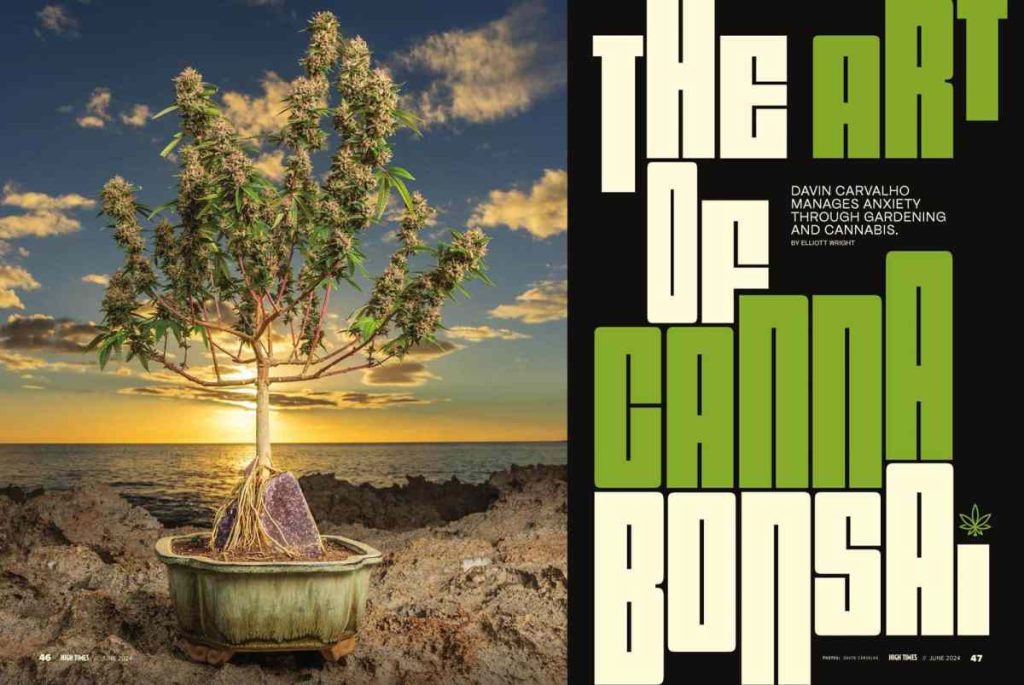
Cannabonsai: The Zen of Growing High
Growing up in Hawaiʻi, Davin Carvalho was always drawn to the outdoors. He and his friends would skateboard, surf, and explore Oʻahu’s west side, enjoying the warm sun, breezy tradewinds, and cool waters around Mākaha Beach. But as he grew older, Carvalho sought new ways to connect with nature and eventually discovered his passion for gardening. Today, he is known for his unique cannabonsai trees, which offer an enlightened high through their beautiful flowers.
Bound to His Roots: Carvalho’s Journey as a Gardener
Carvalho’s love for gardening began at a young age, when he started growing kalo, a root vegetable deeply rooted in Hawaiian culture. For Carvalho, who is indigenous, tending to his kalo plants was a way to stay connected to his familial roots. With over 100 plants in his garden, he happily spends hours each day nurturing and caring for them.
Gardening as Therapy: How Carvalho Overcame Panic Attacks
In late 2020, Carvalho began experiencing debilitating panic attacks. After months of suffering and numerous emergency room visits, he found solace in gardening. A friend introduced him to traditional bonsai videos, which not only relaxed him but also sparked his interest in Chinese and Japanese bonsai as a form of therapy. Around the same time, Carvalho also obtained official documentation to grow marijuana for personal use.
The Bonsai Effect: Adapting Techniques for Pakalolo
Realizing that traditional bonsai requires years of dedication, Carvalho decided to adapt the techniques to his pakalolo plants. Through research, he learned that the bonsai “effect” is achieved through training the plant. In the world of cannabis, training is a common practice for higher yields and denser buds. By gently manipulating branches and tilting the pot, Carvalho can create the bonsai effect on his plants.
A Language of its Own: Nonverbal Communication with Plants
While Carvalho may not speak to his plants, he spends a lot of time in close proximity to them. This promotes the exchange of oxygen and carbon dioxide, benefiting both parties. By nurturing and caring for his plants, Carvalho hopes to establish a nonverbal communication and a mutual exchange of support and growth. As he puts it, “gardening itself is a language.”









